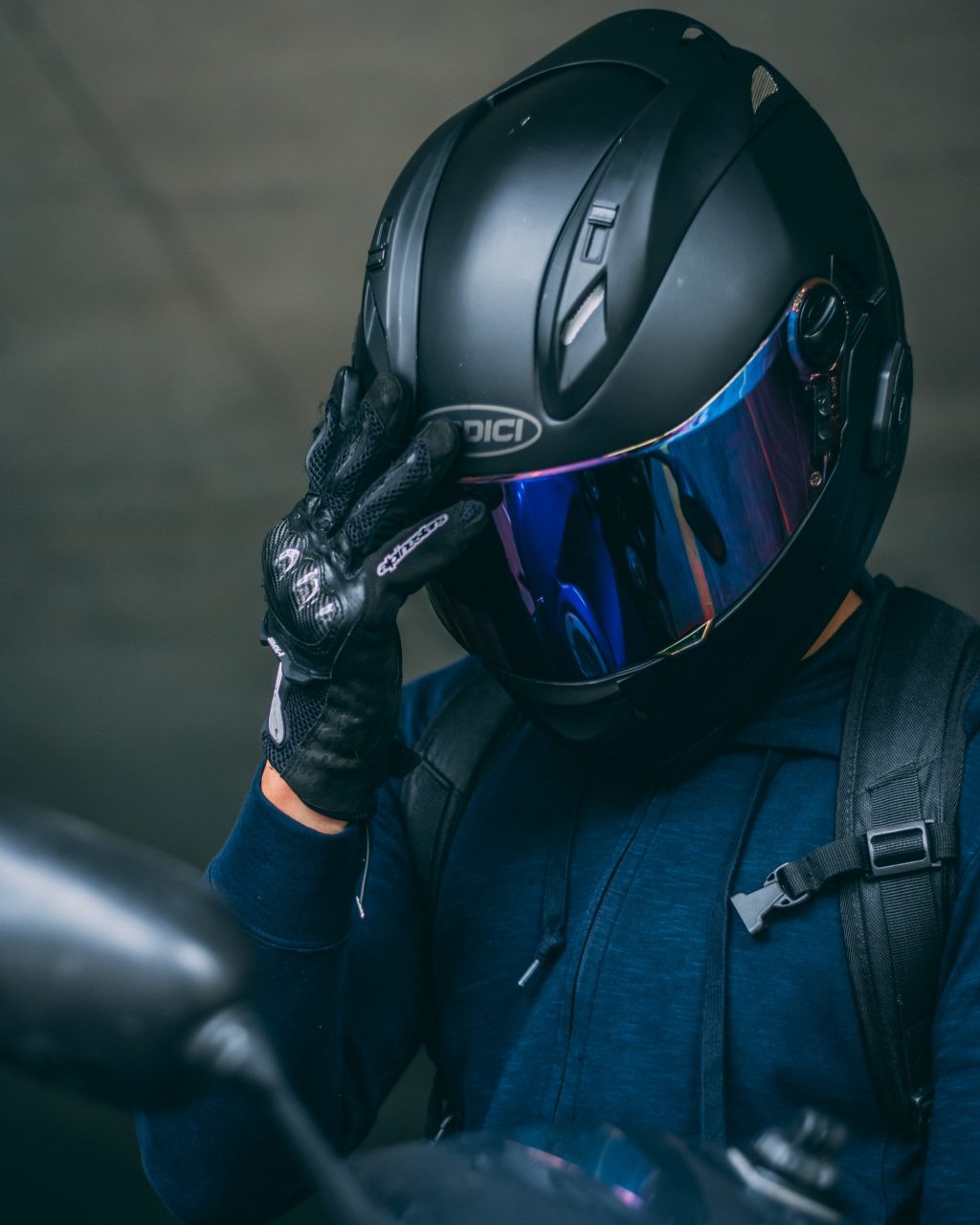ECE announce big changes for motorcycle helmet safety regulations
A lot can change in two decades. But not, it seems, in the world of motorcycle helmet safety.
The current ECE 22.05 regulations have been around since 2000 – and the tests which make sure your lid will protect you in a crash haven’t changed since then.
But that’s all about to change this year, as the ECE organisation updates the rules surrounding helmets from ECE 22.05 to a new ECE 22.06 standard.
First of all, a quick explainer on ECE and the 22.05 setup…
Now, while many people think ‘ECE’ is a European Union organisation, it’s actually a part of the United Nations, and has nothing to do with the EU.
The full title is ‘United Nations Economics Commission for Europe’ and its member list includes such non-EU nations as Israel, Kazakhstan, Canada and the USA.
Incidentally, this also means ECE rules aren’t affected by the UK leaving the European Union – there’s no plan for UK riders to go back to a BSI Kitemark or similar regime, like in ‘the good old days’.
So – the ECE is a UN body which looks after loads of regulations essential for modern living, including transport, which means motorcycle safety helmets come under its remit.
The 22.05 set of rules appeared at the start of this century, and have provided a statutory level of safety for riders ever since.
But members have been working on a new set of rules over the past few years, and they’re set to be implemented soon – probably at some point this summer.
What’s changing in 22.06?
Well, there are two main strands to the updated regs.
Firstly, the impact tests, which are at the heart of helmet standards, are being toughened up. These tests involve putting a helmet onto a dummy test ‘head’, which has sensors inside that measure the amount of force transmitted through the helmet during an impact.
The test helmet/head pairing is then dropped at a specified speed onto a hard test anvil, and the results measured.
With 22.06 then, these impact tests will be carried out at a wider range of velocities (both higher and lower than at the moment) and at more points on the helmet outer shell.
Now, lower speed tests sound a bit counter-intuitive – why would you want to see if a helmet can manage lighter blows?
In fact, there’s some research that suggests some helmets which perform well at higher impact energies can do less well with lesser impacts, since the structure is too stiff to deform and absorb energy properly.
In a crash, helmets often experience so-called ‘secondary impacts’, where the rider rolls along, and might have a series of blows from the road, getting gradually lighter as they slow down.
Testing for these lower-energy impacts will make sure a helmet deals with them effectively.
New impact test
There’s also a new type of impact test, which is looking at the rotational forces transmitted by a helmet in a crash.
The sharp, twisting motion experienced when a rider’s head strikes a glancing blow off a hard surface seems to cause more damage to the brain than previously thought, and the new tests look at how well a helmet reduces these damaging rotational impacts.
The helmet and test head is dropped onto an edged anvil at an angle, and new sensors measure rotational acceleration inside the head.
Helmets which are smoother and rounder on the outer shell should do better here, since they won’t ‘grab’ on an edge, and clever liner design can also reduce the rotational movement transferred from the outer shell to the rider’s skull.
Changes to helmet technology
The second main strand to the test updates involves changes to helmet technology since 2000.
In that time, things like flip-front lids, internal sun visors, Bluetooth headsets, action cameras and other add-on accessories have become common, yet their effect on how a helmet performs isn’t clear.
So for 22.06, testers will examine flip helmets with the chin bars in different positions, and will also test helmets with any official add-ons in place too.
If a firm offers a clip-on intercom system, say, or internal speakers or microphone setup for a helmet in its range, 22.06 will look to see if these make any difference to the helmet’s test results.
Obviously it would be impractical to test every aftermarket add-on with every helmet, so these checks are limited to the official accessories supplied by the helmet firms for specific lids.
Visor rules
Finally, there are some small updates to the helmet visor rules in 22.06. The impact test for these, which essentially simulates a high-speed impact from a stone on the motorway or the like, is being toughened up, with a higher impact velocity.
And road-legal homologated dark visors, marked as ‘Daytime Use Only’ can also now be a bit darker, down to 35 per cent from 50 per cent light transmission. Internal sun visors can now be darker, but have to be used with a main visor in place too.
tinted motorcycle visor
So that’s the new tests in a nutshell – but when will the ECE 22.06 mark appear on the lids we buy? And will 22.05 helmets still be around?
Well the new regs are imminent, with this summer (2020) a likely starting point. From then, dealers will have three years to sell 22.05 helmets as they gradually feed in 22.06 approved helmets.
ECE 22.05 marked helmets will remain legal to use of course – so there’s no need to swap out all your old lids. It’s also worth remembering that many current 22.05 approved helmets will probably pass 22.06 without any changes – especially high-end models and major brands.
So if you have a high-quality current 22.05 helmet, you’re likely to be just as safe as with a 22.06 lid. ECE tests are there to establish a statutory ‘floor’ for basic safety performance, and many helmets perform much higher than the required minimum standard.
Christopher Hodder speaks on regulations for the UK Motorcycle Industry Association (MCIA).
He told us what the industry’s views are on the new helmet regs. “The intended impact [of ECE 22-06] is to make motorcycle helmets safer. One of the big issues in injuries is secondary impacts hence the low and high speed impact tests. Also, I think that many of the newer innovations like integral sun visors, Bluetooth systems and flip fronts are not reflected in the previous regulations and it was probably felt that new innovations need to be checked.
“For dealers, it shouldn’t have any immediate impact as older designs will be approved for some time yet and can remain on sale. For end-users, it means that new designs of helmet should offer more protection than the older ones (although I imagine that the higher end of the market will already exceed the new standards with existing designs, so it may be a confusing picture).”
Don’t forget that you get a 10% unique discount code for Sportsbikeshop when you insure your motorbike with Devitt, so if you’re looking for a new motorcycle helmet, there’s good savings to be made with us!

